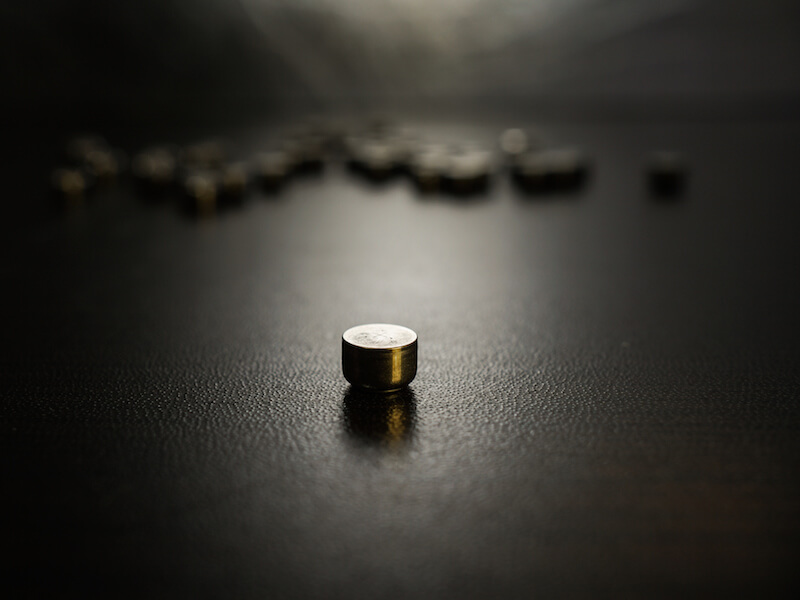
From cameras to phones to music players, how we power our electronics has advanced. A powerful, rechargeable hearing aid battery is finally living up to the hopes of hearing aid manufactures to replace the antiquated disposable power sources of the past.
Disposable hearing aid batteries have historically been the power source of choice among manufacturers, with size 312 batteries serving as one of the more prevalent battery types. Nowadays, the most popular version of these batteries is known as a “zinc-air” battery.
The Downside to Disposable Hearing Aid Batteries
As the name would indicate, a zinc-air battery is impacted by the presence of air. Regarding the 312 batteries used in a lot of hearing aids, the user needs to pull a little tab off the back of the battery before it is activated and functional.
They will start losing power as soon as they are fully oxygenated. That means power is beginning to deplete whether the user is ready for it or not.
Most users regard the duration of life to be the most significant drawback of disposable batteries. With 312 batteries, the user may be changing the batteries in their hearing aids about 120 times per year because they drain in 3 to 12 days according to some reports.
That also means users may need to buy 120 batteries, spend the time twice a week to replace them, and correctly dispose of each. From a cost perspective alone, that likely equals over $100 in battery costs.
Rechargeable battery Improvements
Rechargeable hearing aid technology has advanced to the point where it’s now a practical option and that’s good news for individuals who use hearing aids.
Studies have shown that most individuals overwhelmingly prefer to wear rechargeable hearing aids. Until recently these models have traditionally struggled to provide a long enough charge to make them practical. However, modern developments now enable an entire day of use per charge.
Rechargeable batteries won’t save users significant amounts of money, but they will improve their quality of life.
These modern models give less frustration on top of keeping a 24 hour charge because the user doesn’t have the burden of continuously changing out the batteries. They simply need to place the battery on the charger.
When a disposable battery gets near the end of its life it doesn’t run your hearing aid at full capacity. And you can’t tell how near the battery is to quitting. So the batteries might die at the exact moment that a user needs them the most which might even put them in peril. A dead battery will not only result in a safety concern, it could cause the user to miss out on important life moments.
Hearing Aids Come in Different Types
Rechargeable batteries come in a variety of different materials, each providing distinct advantages. The ability to maintain a charge for 24 hours is one reason why integrated lithium-ion batteries are one worthwhile option that manufacturers supply. You may be surprised to learn that this same kind of technology is what charges and powers your smart-phone.
Silver-zinc technology is another material used for modern rechargeable hearing aids. This revolutionary approach was initially developed for NASA’s Apollo missions to the moon. With this technology, even your existing hearing aids can probably be upgraded to run on rechargeable power. These batteries, like lithium-ion, will also last all day before requiring a recharge.
There are also models that allow you to recharge the hearing aid without taking out the battery. For these, users will slip the entire hearing aid on a charging station when they sleep or during another time when the hearing aid is not in use.
Whichever solution you choose, rechargeable batteries will be significantly better than disposable batteries. You just need to do some research to decide which option is best for your needs.
Check out our hearing aid section if you’re looking for more information about what battery would be best for you or any other info about hearing aids.
